Discover our tutorial on producing natural heat in garden and master essential techniques and equipment to raise temperature for your crops while respecting environment. On the menu: fleece, tunnel and forcing cloche and other indispensable tips. Follow our advice and transform garden into true haven of greenery for your plants!
Why creating heat in garden?
Heat plays an essential role in growth and development of plants. It creates environment favourable to their flourishing while offering protection against adverse weather. In addition, natural heat helps save energy, as it reduces need to use artificial heating systems.
How to produce natural heat for crops?
Here are some methods to produce natural heat in your garden:
- The garden fleece: It is a lightweight, transparent fabric that covers crops to protect them from bad weather and promote heat retention. This method is ideal for young plants and sowing.
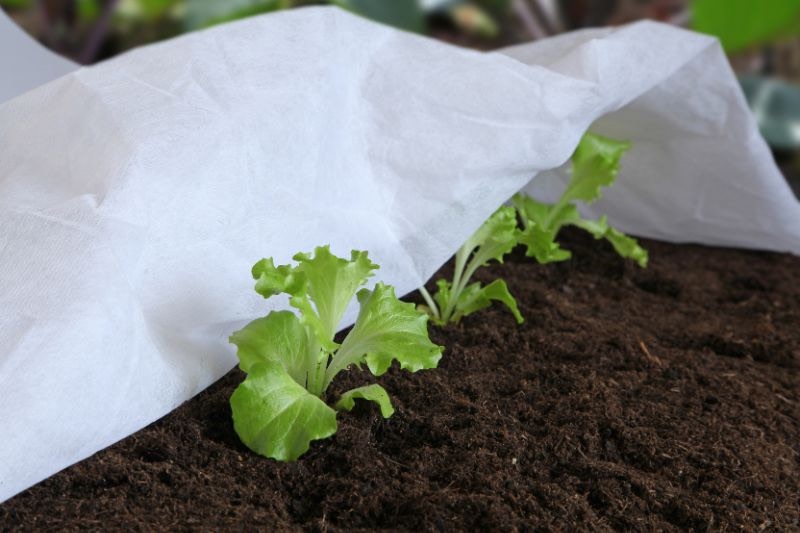
- The forcing tunnel : Similar to fleece, tunnel is an arched frame covered with plastic film that traps heat and humidity. It allows growing vegetables earlier or extending production season.
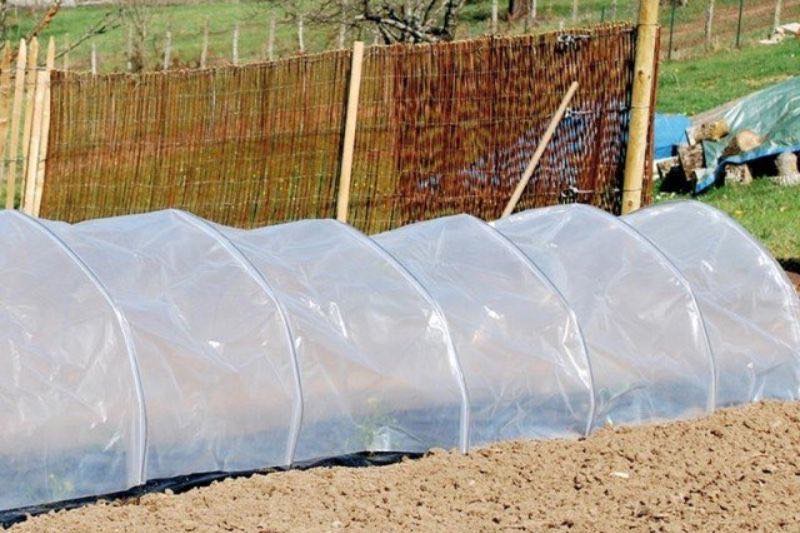
- The forcing cloche : This glass or plastic cloche is placed directly over plants to protect them from cold and encourage heat. It is particularly suited to fragile plants and sowing.
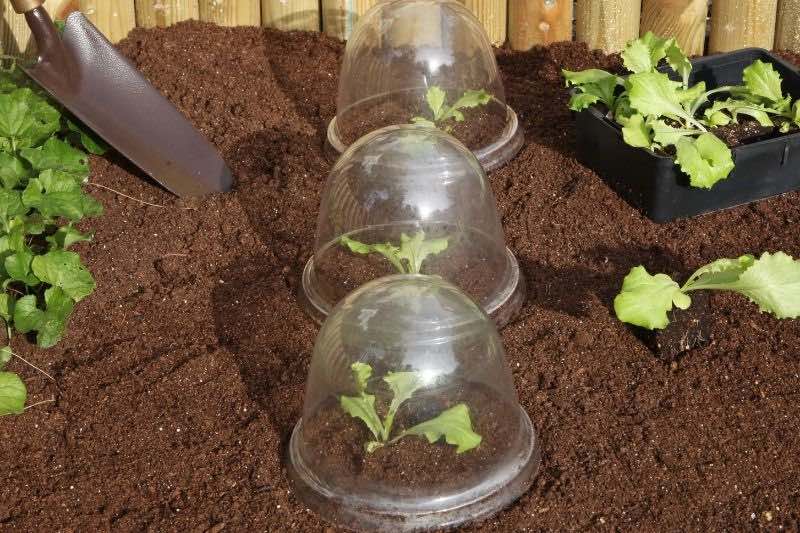
- Ridges and embankments : These techniques involve creating mounds or banks of soil to improve heat retention. They also provide better drainage and improved sun exposure.
- Cold greenhouse and cold frame : These structures protect plants from cold and bad weather while promoting natural heat thanks to greenhouse effect. Cold frame is small cold greenhouse, ideal for sowing and young plants.
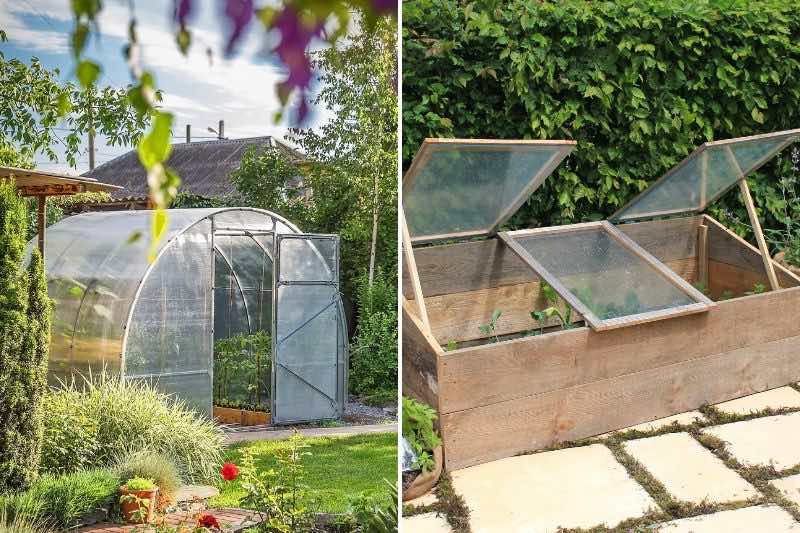
- Hotbed : This method involves placing layer of decomposing organic matter (such as manure) at bottom of trench, then covering with soil to plant crops. Fermentation of organic matter generates heat.
- Surface compost and mulching : Covering soil with layer of organic matter (compost, straw, dead leaves, etc.) helps retain heat and moisture while protecting roots from frost.
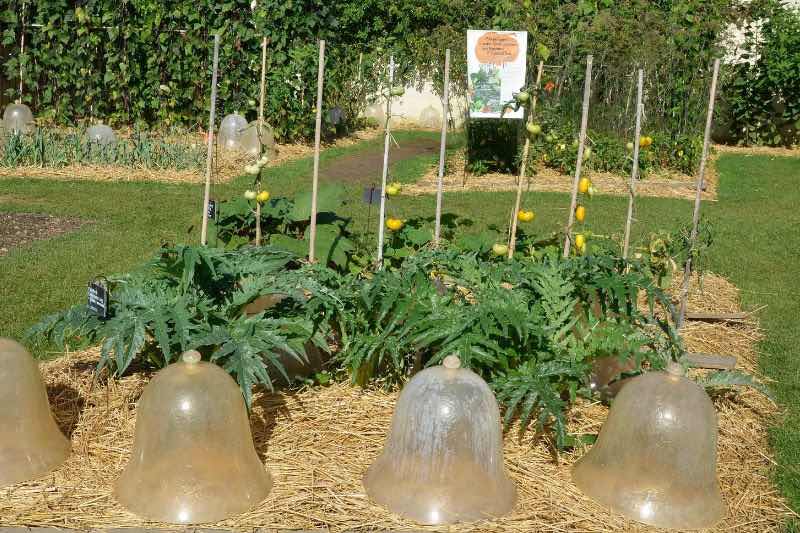
Each of these items offers specific advantages in terms of protection, heat retention and ease of use.
How and where to install them?
Install forcing equipment at start of spring or in autumn to protect plants from night frosts and encourage early or extended growth.
- Choose locations with good sun exposure to maximise heat absorption. For ridges and embankments, align them with slope to benefit from better exposure.
- Ensure forcing equipment, such as tunnels and cloches, is well anchored to soil to withstand wind and bad weather.
- Vent regularly cold greenhouses, frames, tunnels and cloches to avoid build-up of humidity and condensation, which can encourage disease.
- Monitor temperature inside forcing equipment, especially on sunny days, to avoid excessive temperatures that could harm plants.
Equipment required
To put in place the various elements for accumulating natural heat, here is list of required equipment:
· Garden fleeces : choose model suited to size of crops and climate conditions in your area.
· Forcing tunnels : kits available with frames and plastic films in various sizes and thicknesses.
· Forcing cloches : choose glass or plastic cloches depending on preference and budget.
· Boards and materials to create ridges and embankments : wood boards, stones or bricks can be used to build these structures.
· Cold greenhouses and frames : choose model suited to size of garden and growing needs.
· Materials for hotbed : manure, straw, dead leaves, etc.
· Materials for surface compost and mulching : compost, straw, dead leaves, bark, etc.
My advice: remember to maintain equipment well to ensure longevity and effectiveness!




































Comments